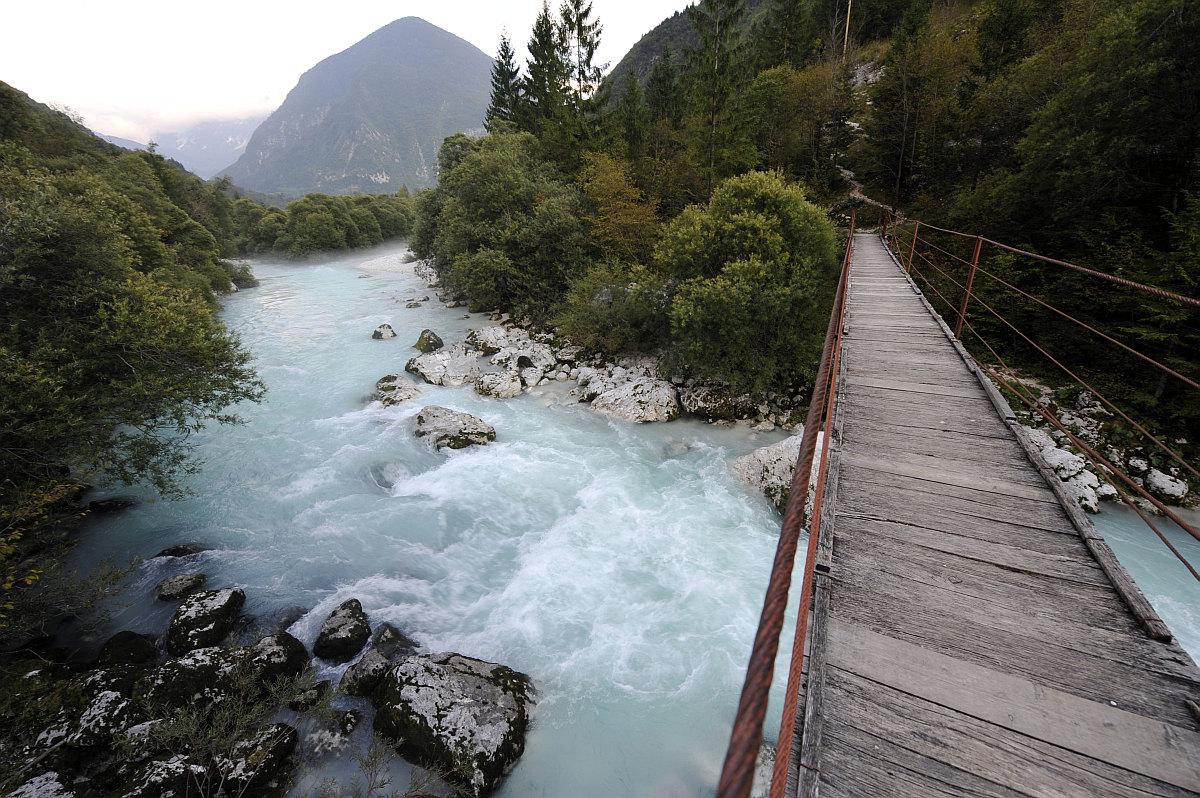
For most visitors, it’s the natural beauty that makes Slovenia’s Soča Valley so special. Often referred to as one of the Alps’ most beautiful valleys, the area attracts tourist eager to try out kayaking, rafting, and canyoning – or just taking a break from hectic city life. Some of the more curious visitors may notice an abundance of forts and bunkers scattered throughout the valley. The structure are a reminder of a much darker period in the history of the Soča Valley – a time when the river was known under its Italian name, Isonzo, and was the site of the infamous Isonzo Front, one of the bloodiest battle lines of World War I.
Now, almost a century after the conflict, a new Peace Trail connects leads visitors along the various historical structures left behind by the conflict. Established in 2007, the trail is divided into five segments, each of which can be walked in a single day. Along the way, walkers pass by abandoned forts and bunkers, open-air museums dedicated to the conflict, ossuaries and graveyards, as well as the Church of the Holy Ghost in Javorca, built during the war by soldiers and POWs. They can spend the night between each leg of the journey in villages or, in some cases, cozy mountain huts. Ultimately, the trail will form a part off a wider Peace Trail, leading from high Alpine peaks all the way to the Adriatic Sea.
But the Peace Trail is more than just about World War I. It also leads visitors past traditional homesteads, flocks of sheep, breathtaking ravines, and stunning waterfalls. Because of its changes in altitude, it offers hikers glimpses of both the valley floor and the more rarely visited high-altitude pastures, where many ancient traditions survive to this day. For an in-depth tour of the area’s heritage, travelers can even hire experienced local guides to show them some of the more well-hidden sights along the trail.
The Peace Trail gives visitors a true understanding of the Soča Valley, from the horrors of the Great War to the area’s traditional lifestyle. The trail’s most important message, however, is one of peace. By serving as a memorial to the hundreds of thousands soldiers killed on the Isonzo Front, it emphasizes the importance of peace in a part of Europe so cruelly affected by the tides of history.

































































